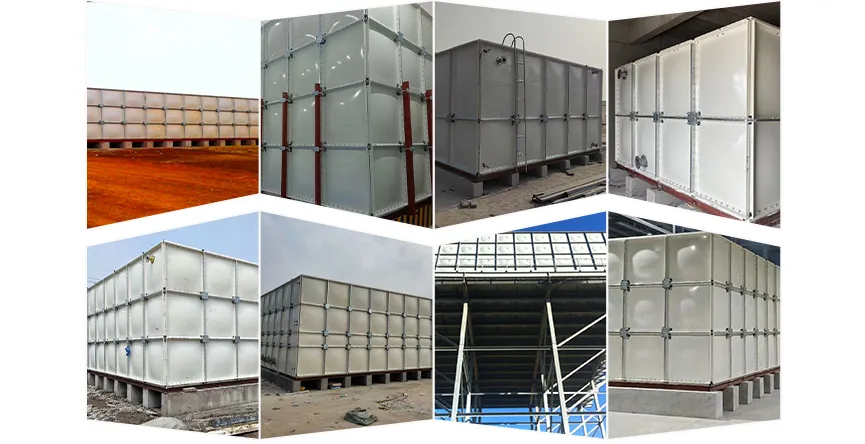loading...
- No. 9, Xingyuan South Street, Dongwaihuan Road, Zaoqiang County, Hengshui, Hebei, China
- admin@zjcomposites.com
- +86 15097380338
- Welcome to visit our website!
Advanced Applications of FRP Reinforcement Bars in Modern Construction Techniques
The Role of FRP Reinforcement Bars in Modern Construction
Fiber Reinforced Polymer (FRP) reinforcement bars are becoming increasingly popular in the construction industry as a viable alternative to traditional steel reinforcement. These bars, made from composite materials that combine fibers (such as glass, carbon, or aramid) with resin, offer a range of advantages that cater to the evolving needs of modern engineering. This article explores the benefits, applications, and considerations associated with using FRP reinforcement bars in construction.
One significant advantage of FRP reinforcement bars is their excellent corrosion resistance. Unlike steel, which is susceptible to rust and deterioration in harsh environments, FRP bars are immune to moisture, chemicals, and salts. This property makes them particularly suitable for structures exposed to aggressive conditions, such as marine environments, wastewater treatment facilities, and de-icing agents on bridges. By eliminating the risks associated with corrosion, FRP reinforcement can lead to extended service life and reduced maintenance costs for structures.
The Role of FRP Reinforcement Bars in Modern Construction
Furthermore, FRP reinforcement bars offer excellent tensile strength, which is critical for structural integrity. The fibers within the composite material provide high tensile strength while maintaining flexibility, enabling FRP bars to withstand significant loads without failure. This performance characteristic makes them suitable for a wide range of applications, including beams, slabs, and precast concrete elements.
frp reinforcement bars

In terms of electrical and thermal properties, FRP reinforcement bars have unique advantages. They are non-conductive, making them ideal for applications where electrical insulation is crucial, such as in electrical infrastructure and sensitive environments. Additionally, FRP materials have lower thermal conductivity, which can help improve energy efficiency in structures, further enhancing their appeal in energy-conscious construction practices.
Despite these advantages, there are some considerations when using FRP reinforcement bars. One key challenge is the current higher cost compared to traditional steel reinforcement. Although prices may vary based on market conditions and material advancements, the initial investment in FRP can be a barrier for some projects. However, when considering long-term savings from reduced maintenance and extended durability, FRP bars often present an economically viable option.
Another consideration is the need for specialized knowledge and training among construction professionals. Proper installation techniques and understanding the unique properties of FRP materials are crucial to ensuring the performance and safety of reinforced structures.
In conclusion, FRP reinforcement bars represent a significant advancement in construction materials, offering numerous benefits such as corrosion resistance, lightweight properties, and high tensile strength. As the construction industry continues to evolve, embracing sustainable and innovative materials like FRP will be essential. While there are challenges to address, the long-term advantages of using FRP reinforcement bars make them an exciting option for modern engineering solutions. With ongoing research and development, the future of FRP in construction looks promising, paving the way for more durable and resilient infrastructures.
-
Transform Your Spaces with FRP Grating SolutionsNewsNov.04,2024
-
The Versatility and Strength of FRP RodsNewsNov.04,2024
-
The Excellence of Fiberglass Water TanksNewsNov.04,2024
-
The Benefits of FRP Grating for Your ProjectsNewsNov.04,2024
-
Elevate Your Efficiency with FRP Pressure VesselsNewsNov.04,2024
-
Welcome to the World of FRP Pressure VesselsNewsOct.12,2024
-
Unveiling the Future of Filtration: Why FRP Filter Vessels are a Game ChangerNewsOct.12,2024
